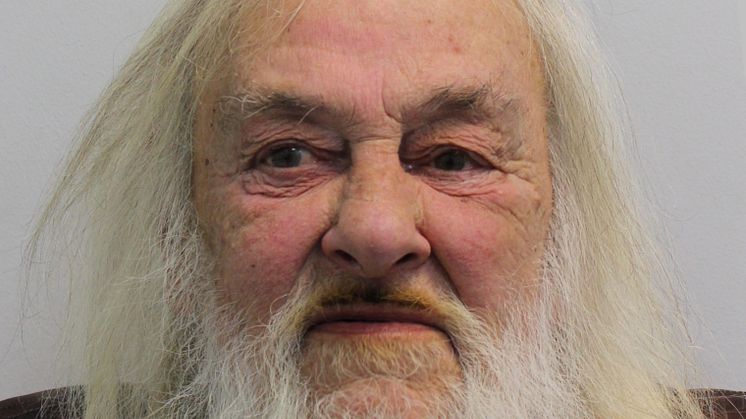News -
Sex offender identified during Met Police Live Facial Recognition operation
The deployment of Live Facial Recognition (LFR) technology by Met Police officers in Southwark helped put a registered sex offender back behind bars.
LFR is an advanced technology where Met officers position a van equipped with cameras in a pre-agreed location in London.
These cameras capture live footage of people passing by and compare their faces against a database of wanted offenders. If a match is detected, the system generates an alert. An officer will then review the match and decide if they wish to speak with the individual.
On the afternoon of Friday, 10 January, a police van with LFR was operating in the Denmark Hill area, when cameras alerted officers to 73-year-old David Cheneler as being a registered sex offender. Upon being stopped by officers, he was found to be with a six-year-old girl.
Further checks confirmed he was in breach of his Sexual Offences Prevention Order (SOPO), which prevented him from being alone with a child under the age of 14. He was also in possession of a lock knife that was hidden in the buckle of his belt. He was arrested and taken into custody.
Further enquiries from Met officers established Cheneler had picked the child up from school as a favour for her mother, which he’d also done on two previous occasions after building a relationship with them both over the course of a year.
This case is another example of how the Met’s use of LFR is protecting communities by helping officers take dangerous offenders off the streets of London.
The Met is a forerunner in using this technology as part of its commitment to make London safer by harnessing cutting-edge technology and data to identify and apprehend offenders who pose significant risks to our communities.
Detective Constable Adam Pearce of the Met’s local policing team in south-east London, who led the investigation, said:
“This is a prime example of how the Met is using technology to remove dangerous offenders from our streets, and Live Facial Recognition remains an important tool in protecting Londoners.
“Although there were no allegations made towards David Cheneler on this occasion, it’s possible if he hadn’t been identified using this technology, he could have gone on to abuse this child.
“Her mother was completely unaware of his offending history, and along with her young daughter, were both taken advantage of by Cheneler who abused their trust.”
Lindsey Chiswick, the Met’s lead for Live Facial Recognition, said:
“The Met is committed to making London safer, using data and technology to identify offenders that pose a risk to our communities.
“This is a prime example of the variety of uses for LFR. The tool is not only used to find those wanted, but also to stop people on a watch list who have conditions they must adhere to.
“These interventions are crucial. Without this technology, Cheneler may have had the opportunity to cause further harm.”
David Cheneler, 73 (05.04.52), of Lewisham, appeared at Kingston Crown Court on Tuesday, 20 May, where he was sentenced to two years’ imprisonment.
He pleaded guilty at Wimbledon Magistrates’ Court on Monday, 13 January to breaching the conditions of his SOPO, as well as possessing an offensive weapon.
The SOPO was originally imposed in 2019 by the courts, following a previous conviction in 2010 for 15 counts of indecent assault on a female under 16 and five counts of gross indecency with a child between 1968 and 1993, for which he served a nine-year prison term.
Live Facial Recognition enables the Met to take a more precise, intelligence-led approach to tackling crime.
Each deployment is carefully planned based on operational needs and is guided by data to ensure resources are directed at offenders who pose the greatest threat to our communities.
